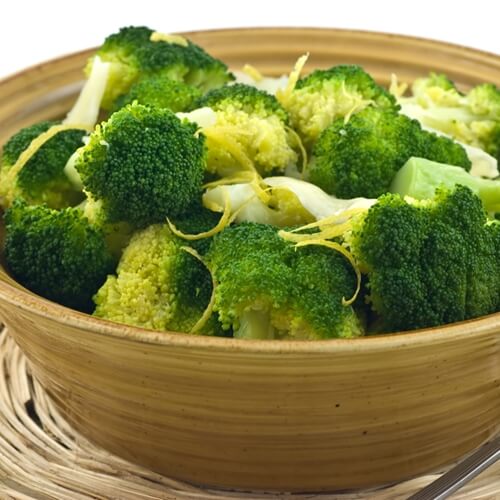What You Need To Know About Blanching Vegetables
Fresh produce is integral to crafting the perfect meal. If you’re enrolled in culinary class online, you’ve probably learned all about seasonal fruits and vegetables. Although cooking with vegetables straight from the farm is a great way to ensure freshness, this method is not always accessible.
That doesn’t mean you should skimp out on including fresh produce in your meals. Instead, try blanching your vegetables so that you have them at their very best year round. Here’s everything you need to know about blanching:
What is blanching?
Blanching is a process of partially cooking something through boiling water and then shocking it with ice water to stop the cooking. This process destroys the enzymes in vegetables that cause produce to become brown or mushy over time. In addition, it helps preserve all the natural flavors, colors and nutrients, still maintaining the crisp taste of produce. For some vegetables, it removes the bitterness that comes with taste, such as broccoli rabe. This technique is great if you plan to freeze the vegetables afterward. That way, you can get fresh produce from your freezer no matter what season it is.
Blanching 101
First, you’re going to need to bring a pot of water to boil. While this is heating up, prepare your vegetables. Trim any parts you don’t want to keep. By doing this at the very last second, it prevents any oxidation. Do your best to cut them into uniform pieces so they cook evenly. Add a couple of tablespoons of salt to the boiling water. This will help the vegetables maintain their color and will spice up the flavor. Drop the veggies into the water in small batches so that boiling doesn’t stop. After about two to five minutes, depending on the type of vegetable, they should all be done. Taste them to make sure they’re fully cooked and them remove them all from the boiling water. Next, dip them into the ice bath to stop the cooking, also known as “shocking.”
Final steps and freezing
After the ice bath, you’re going to want to drain the vegetables as thoroughly as possible. Then, lay them on a flat surface covered by paper towels. If you plan on freezing them, pack them into containers or freezer bags. Make sure there is no water on them and that the air is out to prevent them from going bad while freezing. Through blanching, the vegetables will maintain fresh and high quality for 12 to 18 months.


